There can be your advertisement
300x150
Designer Shares Tips on Making a Dark Apartment Brighter
With the arrival of autumn, there is less sunlight. We asked designer Ksenia Mizenkova how to make an interior brighter using a carefully chosen color palette, furniture, and decor.
Ksenia Mizenkova is a designer and graduate of the "Details" school, member of A.D.D.I.
The Truth About White Color
There is a stereotype that white color expands space and makes it brighter. There is some truth to this — but only when used correctly. Otherwise, white color can ruin the interior.
In classical use, white on walls and ceilings makes the space appear light, as if the boundaries are blurred. But in reality, this technique can be applied with almost any color.
Paint the ceiling one or two shades lighter than the walls to soften the clear boundary between the vertical wall and horizontal ceiling. This unifies them into one whole and visually lifts the ceiling. It doesn't matter if it's a pale pink pastel or deep indigo blue.
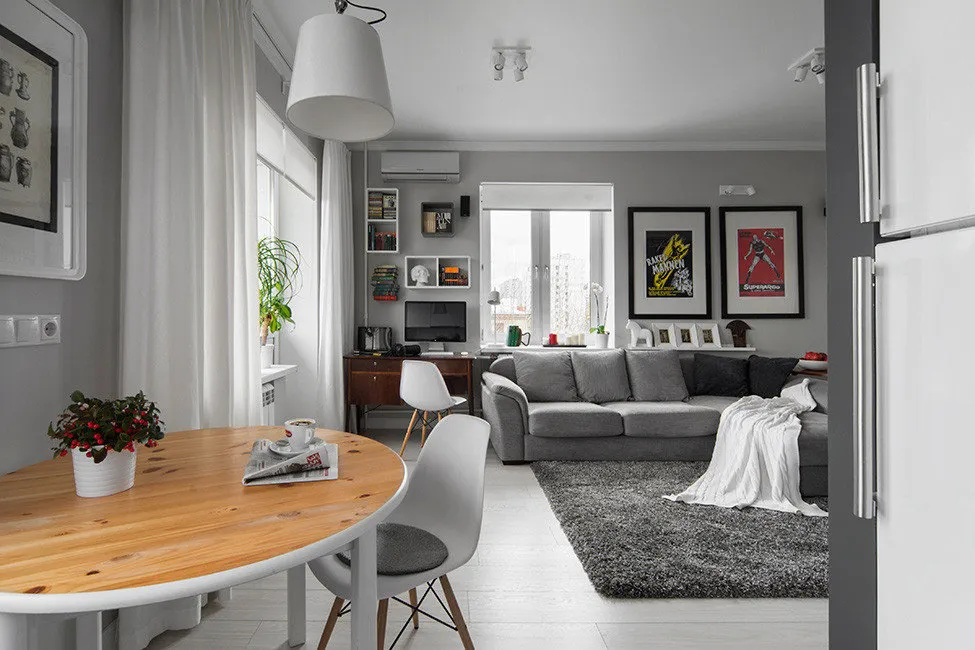
Forget about pure white in finishing. In an interior, it will look "hospital-like" and cold, and under poor winter lighting — gray. For classic light walls, use a white shade with warm undertones — "cream," "ivory," "eggshell" — there are various palettes available from almost all manufacturers.
Remember that with different amounts of daylight, the same colors look different in various regions. The less natural light enters the room, the warmer and brighter the interior color palette should be.
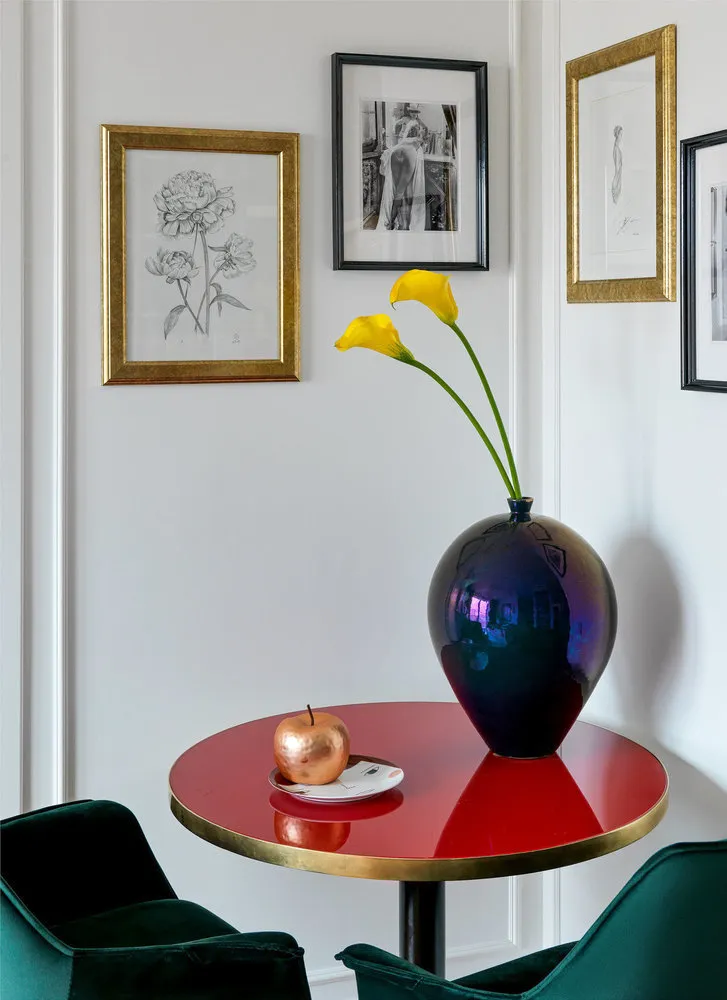
Design: Ksenia Mizenkova
Selecting Furniture
Dark furniture and textiles absorb light — choose light, visually airy models. As an option, glass and mirror countertops and buffets. They reflect light well, and sunlight rays will shimmer in their facets. Patterns and prints can add volume to the interior.
Glossy furniture and wall tile finishes also help. For floors, I prefer matte materials: they look better and are safer.

Design: Ksenia Mizenkova
Lighting
Use multiple light sources — floor, wall, and table lamps instead of one central chandelier. Harsh light from a single chandelier creates dark corners and emphasizes the darkness of the room.
Multi-level lighting helps create various scenarios and gives the interior a specific mood — from bright and festive to romantically dim.
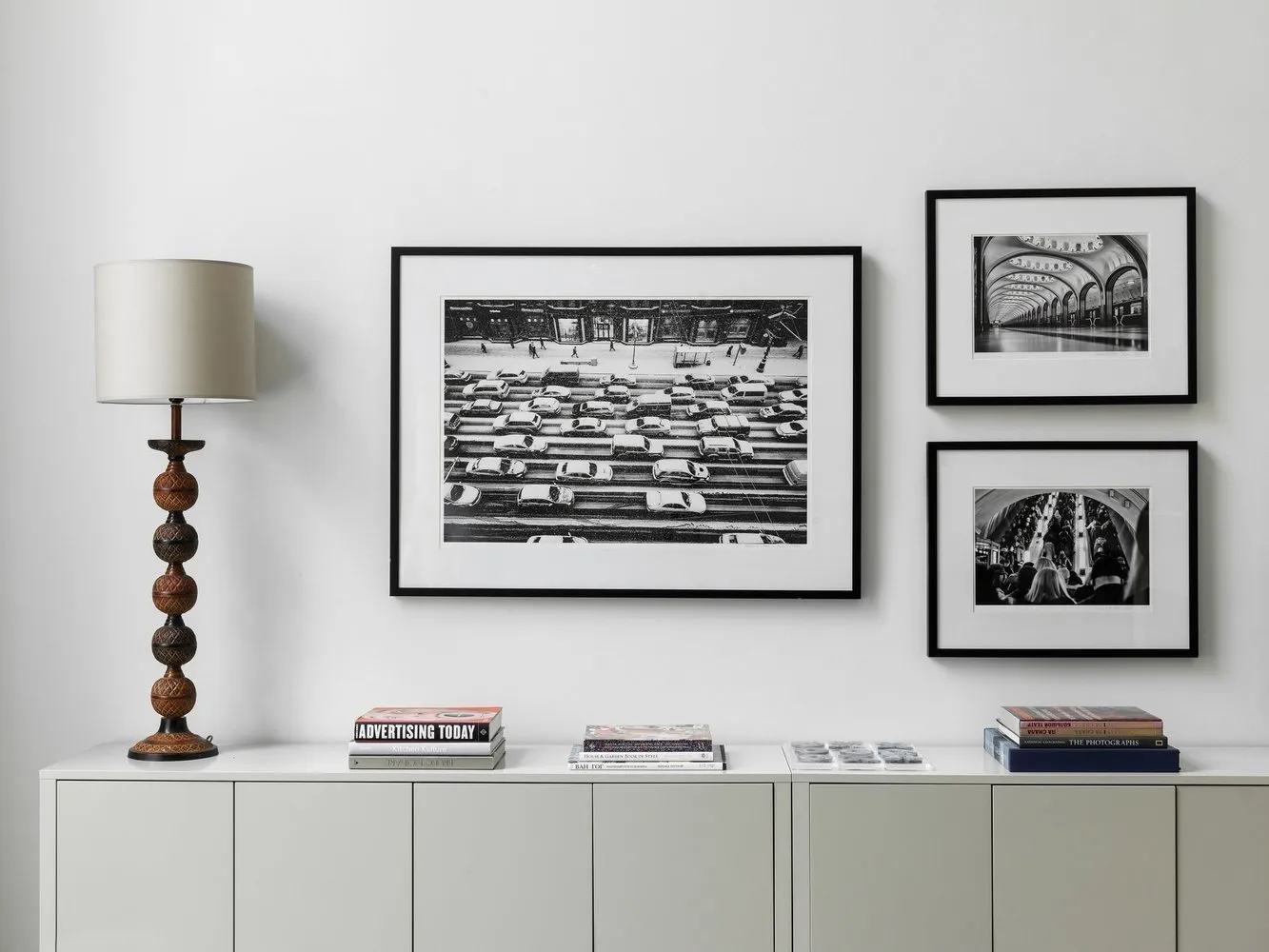
Design: Ksenia Mizenkova
What Else Helps Add Light?
Mirrors help add light to a dark room. Place them opposite windows or light-colored walls, just make sure what is reflected in the mirror is clean — ideally, the wall should be free of furniture. Use mirrors with light frames to avoid visually overloading the space.
Use glass doors and partitions in rooms where privacy is not crucial.
Glass, clean or with stained glass, lets light pass from one room to another. For example, a kitchen wall, office, or dining room can be made of glass and a heavy curtain can be hung along it to isolate the space from outsiders when needed.
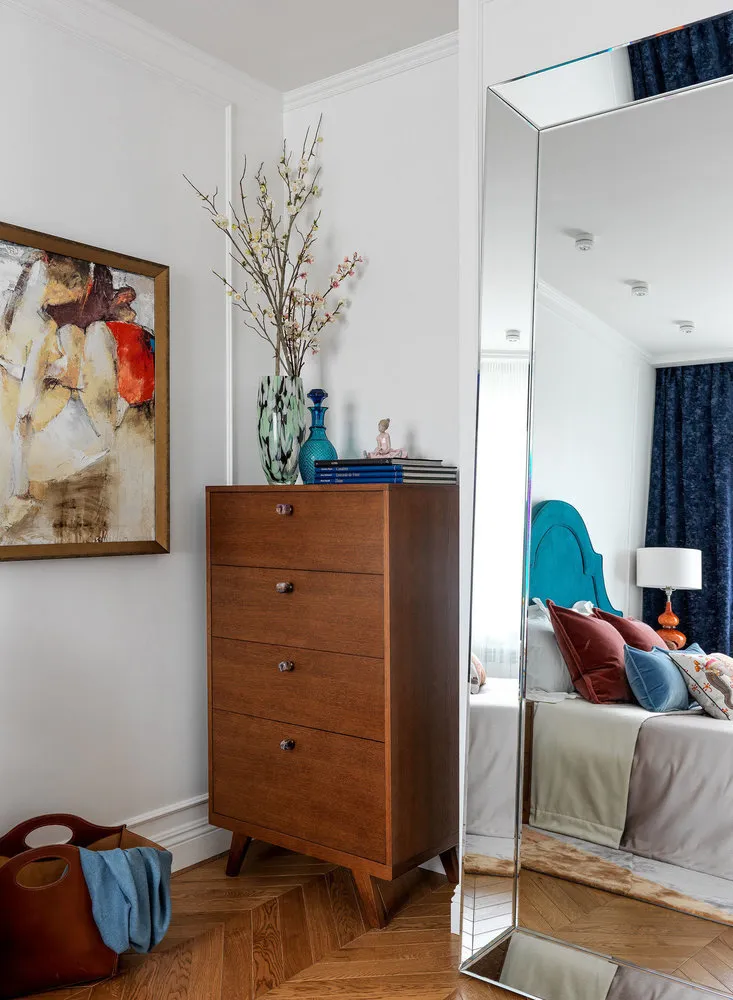
Design: Ksenia Mizenkova
Open windows as much as possible. If you have the opportunity to expand a balcony window into a French door — don't hesitate for even a second.
Use light sheer or curtain fabrics on windows. Don't clutter the window sills with flowers — then much more natural light will enter your apartment.
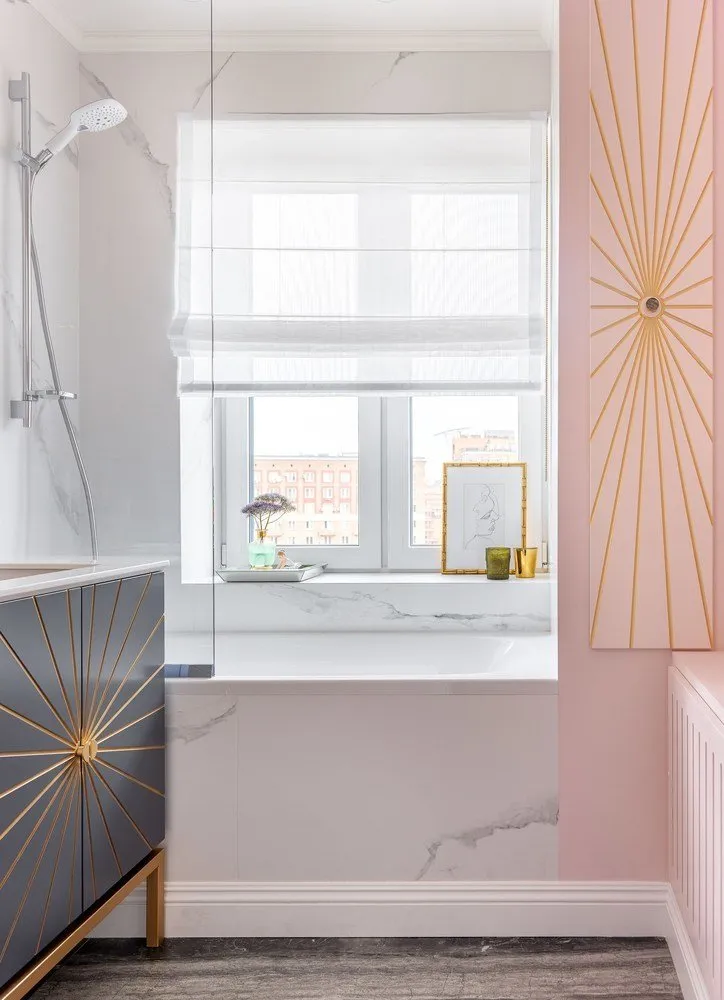
Design: Ksenia Mizenkova
More articles:
 How to Approve Apartment Relocation: Designer Experience
How to Approve Apartment Relocation: Designer Experience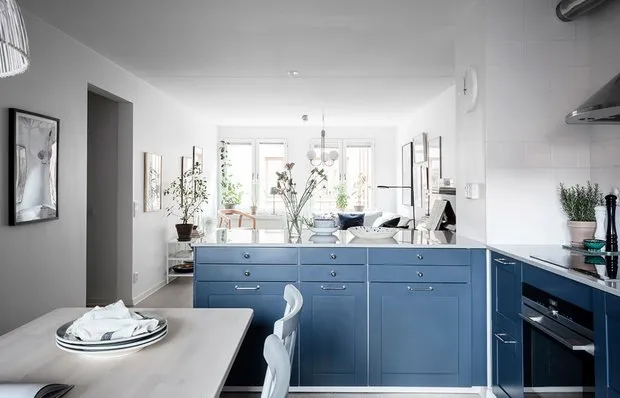 How to Combine Colors Scandinavian-Style: Example from Sweden
How to Combine Colors Scandinavian-Style: Example from Sweden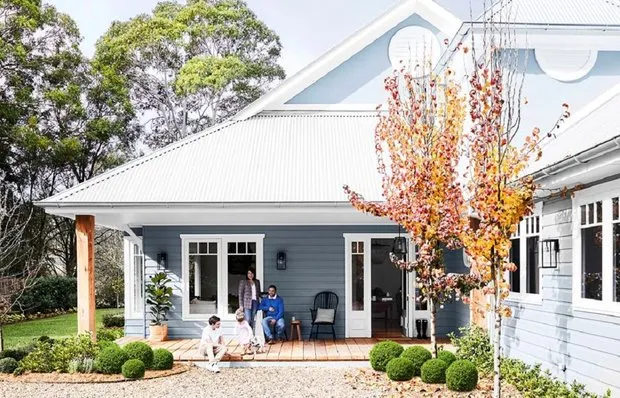 Large Family House in American Style
Large Family House in American Style Interior Redecorating: When You Want Changes But Not a Renovation
Interior Redecorating: When You Want Changes But Not a Renovation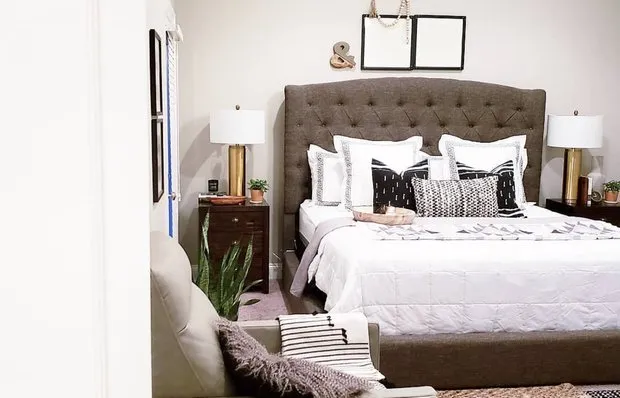 How to Extend the Lifespan of a Mattress
How to Extend the Lifespan of a Mattress How to Make a Platform Bed from IKEA Boxes by Yourself?
How to Make a Platform Bed from IKEA Boxes by Yourself?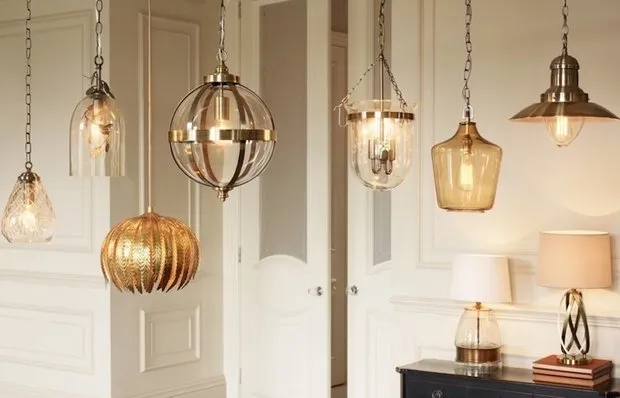 How to Reduce Electricity Bills: 6 Important Rules
How to Reduce Electricity Bills: 6 Important Rules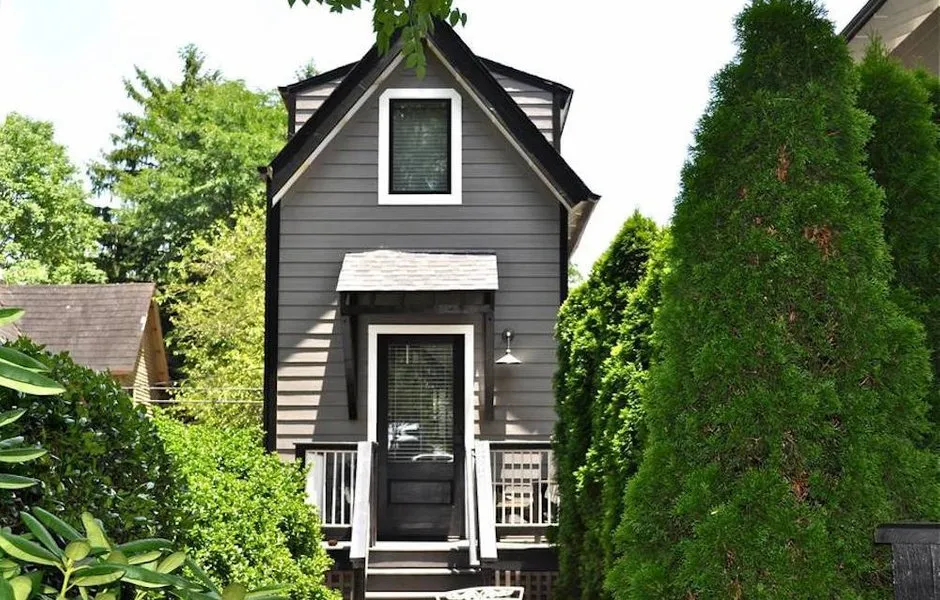 If Your Home Feels Tight: Ideas for Designing Narrow Spaces
If Your Home Feels Tight: Ideas for Designing Narrow Spaces